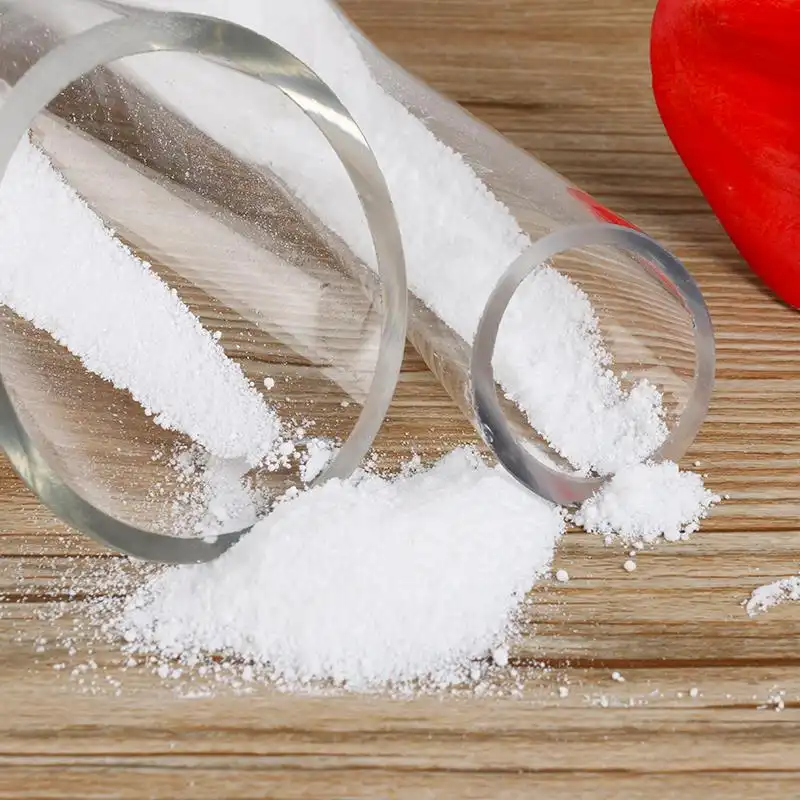Hebei Messi Biology Co., Ltd. stated that magnesium oxide can play a stabilizing role when added during mixing, prevent scorching during processing, and improve the scorching of the rubber during storage. In addition, it has the function of plasticizing rubber during plasticization.

Adding magnesium oxide to rubber at the beginning of mixing can prevent early cross-linking and cyclization of chloroprene rubber and increase the safety of operation. During vulcanization, it becomes a vulcanizing agent and acts as a hydrogen chloride acceptor to prevent hydrogen chloride from corroding fiber tissues. Magnesium oxide can improve heat resistance and aging resistance. The quality of magnesium oxide has a great influence on the processing and vulcanization of chloroprene rubber. When the amount of magnesium oxide is increased to 10 parts, the colloid can have higher plasticity and better storage stability.
Zinc oxide is mainly used for vulcanized rubber, which can make the vulcanization flat. Increasing the amount of zinc oxide can improve the heat resistance and aging resistance, but the rubber is easy to scorch and reduce the storage stability of the rubber. Large-scale use can also make the rubber hard and lose plasticity. Generally, magnesium oxide and zinc oxide are used at the same time, which solves the problem of easy scorching of vulcanized rubber, and also has a high degree of vulcanization and a fast vulcanization speed. The degree of cross-linking is much higher than using either alone.
